The emerging trends and innovations in the Cold Chain Industry have convinced the stakeholders of a 2X growth potential by 2025.
Story by:
Deepti Thore and Deven Lad
The India Cold Chain Show 2019 organised by Reed Manch Exhibitions, India was held at the Bombay Exhibition Centre (BEC), in Mumbai. It began on an optimistic note setting aside the whispers of a prolonged slowdown in allied sectors. Sparking interest in the potential around emerging trends and unprecedented innovations until a few years back in the cold chain industry, talks of doubling the market size by 2025 set the tone for the exhibition. The B2B exhibition engaged visitors with a spread of products and services from across sub-segments like cold storage, reefer transport, IoT and automation, material handling & storage, alternate energy solutions, retail display solutions, and cold supply chain. Hosted Buyer Program, Cold Chain Tour, Technical Workshops were among the key new initiatives this year.
In the keynote address on ‘Understanding the Rise of Cold Chain Industry’, expressed Rameswar Teli, Minister of State, Food Processing Industries, Government of India, that the Detailed Project Report (DPR) had restricted the advancement of technology in the cold chain. Deeming old cold chain projects to have turned obsolete the MoS was quick to blame poorly utilised budgets and severely delayed projects. Citing the Governments’ sanction to 297 cold chains with an estimated 64 in Maharashtra alone, the Minister gave rise to murmurs when he drew attention to a 75 per cent subsidy extended by the Government in the North East applicable to projects valued at or over Rs.50 crores. In comparison to the North East, subsidy in Maharashtra stands at 50 per cent. The Minister expressed a desire to extend seven cold chain schemes running in Maharashtra to the North East.
Drawing participation from 162 exhibitors from across eight countries, the edition had 53 first-time exhibitors and in all 38 new product launches. Claimed to have witnessed a footfall of 5843 unique visitors, the expo like its past editions drew a healthy mix of decision-makers and professionals from industry verticals like pharmaceuticals, food processing, retail, meat and seafood, dairy, ice-cream, cold supply chain among others where a robust cold chain is the need of the hour. Companies like Hindustan Coca-Cola Beverage, Modern Bazaar, Big Basket, Chaayos, Honeywell Voice Solutions, Reliance Life Sciences, Mother Dairy, Easyday SuperMarket (Future Group) made their presence felt by sharing key learnings from their respective cold chain products and services. Gandhi Automations, Kii, Pluss Advanced Technologies, Arctic Refrigeration, Rinac India, Blue Cold Refrigeration, Daikin Airconditioning India, Everest Industries, Godrej & Boyce, Kirloskar Brothers, Lamilux India, Nilkamal, Rockwell Industries, Ice Make Refrigeration, Frick India, Sub Zero Insulation Technologies, Path Insulations, TCI Cold Chain Solutions and Schaefer Systems International were among the other key participants this year.
In the panel discussion on ‘Cold Chain: The next big thing in India’ how the industry could transform the gaps into opportunities for 2025 was deliberated upon. The panellists highlighted the investment opportunities the cold chain industry offers to the stakeholders while shifting from unorganised to organised market. With a focus on filling the big gap between national perishable production in India and cold chain infrastructure and directly held responsible for an estimated 40 per cent wastage, it was admitted that Cold Chain is a borrowed concept in India being a hot country and schemes like Government financial schemes and FDI for integrated Cold Chain could help promote a clean and energy-efficient mechanism. The panellists were unanimous in their consensus for Government schemes like India Cooling Action Plan (ICAP) 2019 and SAMAPADA benefitting the industry. Telangana was voted as the most advanced cold chain state for other states across the country to benchmark with, for its farmer linkages. The panellists also agreed upon the need for cold stores to be set up at APMCs and use the pay per use business model of transaction. The integrity of the cold chain in India was raised as the biggest concern. The industry was urged to address it with the use of efficient technology. Saumitra Singh, Co-Founder & CPO, TagBox Solutions in a presentation – ‘India is a long way from establishing customer trust’ focused on winning customer trust through smarter last-mile cold chains. He went on to praise the Dairy ecosystem for its cold chain integrity established over the years and recommended other segments to follow suit. Precooling was identified as a perfect solution to cut down loss in yield from 18 per cent to four per cent. Singh urged the industry to build an ecosystem around technology in order to create a market pull.
Phase Change Material (PCM), a substance with a high heat of fusion, which melts and solidifies at a certain temperature, is capable of storing and releasing large amounts of energy. With a range of up to 16-hour backup and a cost-reduction capability of up to 30 per cent, it was identified as a good mechanism to put to use. With refeer vehicles and their rentals are known to add to operational costs, the use of dry ice was observed to have shot up. In a cost-benefit analysis, it was pointed out that a company spends Rs.1.5 crore on a one time use of dry ice mechanism instead of considering cheaper alternatives of reusable and green solutions in the reefer transportation. In comparison to third-party vendors, retailers were said to consider storage, intercity transportation and delivery to the customer as their key metrics adding to their reliability. It was also admitted that the Returns on Capital Employed (RoCE) were very poor. Utilisation levels of cold storage at 60 per cent was deemed alarming. Blaming the reefer vehicle ecosystem to be largely unorganised and the trucking business to be operationally intensive, the lack of integrated players in the market was further touched upon. Add to it, it was agreed that the hidden costs were unaccounted for and forced companies to liquidate even if at a loss. It was agreed that there is a need to improve sheer demand as there is enough supply but no demand. Customer preferences were said to be changing with demands for a particular product, for instance, all round the year instead of a seasonal demand that prevailed earlier. This is a long term trend for which the stakeholders were urged to build a robust cold chain.
Phani Pandrangi, SVP & Chief Product Officer, Kii & Masanari Arai, CEO, Kii launched a next-gen cold chain technology and marketplace for cold chain customers. Claiming to offer ultimate cold chain flexibility and visibility to customers coupled with enhanced monetisation prospects, Kii proposed to bring an aggregated model in the cold chain industry and stressed on how technology had the potential to help avoid food wastage. In a session to address the burning issue of ‘Skill Gap’ in the cold chain industry, the stakeholders were urged to look at creating a reformed workplace to elevate India’s position in the cold chain segment on a global scale. Appropriate skill-sets were deemed as intrinsic to cold chain given the involvement of product and cargo-specific inputs (skill inputs) in the ordinary supply chain or other generic logistics activities. David Hudson, Vice President and General Manager – Asia Pacific, Honeywell Voice Solutions, touched upon the potential of voice operations to help maximise the output of warehouses in the cold chain business. Companies were urged to look at opex over just earmarking capex. The stakeholders were recommended against the use of reefers for the pharmaceutical industry. The poor availability of multi-commodity warehouses was also raised as a major concern for the cold chain. For instance, Southern regions considered to play host to the hottest climatic conditions were highlighted for a mere 20 per cent cold chain infrastructure and blamed for the loss of over 20 per cent of perishable goods. The need for micro-palletisation keeping in with the needs of startups was strongly advocated. The need for Less than a Truck Load transporters in the country was identified as a big gap and a potential for businesses looking to enter the cold chain business.
The panel discussion on ‘Modern and Resilient Infrastructure: Backbone for an Integrated end to end Cold Chain’ outlined the need to build adequate infrastructure to handle perishable goods. Shifting the focus from building just cold stores to the more holistic development of integrated cold chain was said to be the need of the hour. The panel discussion was followed by intense brainstorming that took place on the key challenges and advancements of Indian cold chain logistics. It was themed as ‘When time and cost matters the most’. The panellists discussed the operationalisation of future technologies within the current logistics and supply chain paradigm to understand the ‘as-is’ scenario and the reasons for the lag in the system. At this stage, vehicle tracking and temperature-monitoring tech to monitor the temperature of cargo from a smartphone were hailed as a key advancement. The example of export products from India for example grapes moves in reefer containers as opposed to a poor last mile distribution for the domestic market was taken as a case in point to highlight the inefficiencies of a largely unorganised reefer transport market. Unorganised transportation in the cold chain was pegged at 90 per cent. A case in point is that the engine and body original equipment manufacturers in most cases were found to be different. This was blamed for the lack of standardisation prevalent in the country’s cold chain. It was also looked like an opportunity.
The panel discussion on ‘Peering through the glass’ focused on changing consumer behaviour and consumption pattern impacting the India cold chain growth story. Moderated by S.Sittarasu, Director & Head, Port, Airport & Global Infrastructure (PAGI) Industrial Services, JLL, it highlighted the transformation in the e-commerce sector with a potential to drive demand in the Cold chain. Modern Healthcare was also credited for driving growth of the Cold Supply Chain in India. An exclusive session on the role of cold chain in the life of the Indian farmers and a tech-case study highlighting the role of the Internet of Things and Blockchain for cold chain integrity were other critical factors discussed this year. It ended with a Valedictory Keynote on ‘From Theory to Reality-Cold Chain of pharmaceutical products by air’ highlighting the challenges faced by the cold chain industry. The third and the final day focused extensively on the distribution channel mechanism, standard operating procedures followed worldwide by the cold chain industry, cost control to ease operations, excelling in the art of delivery and maintaining control on perishables to curb in-transit losses. ACI]


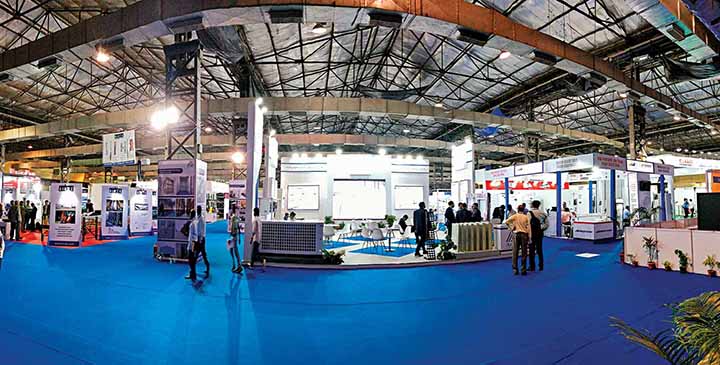

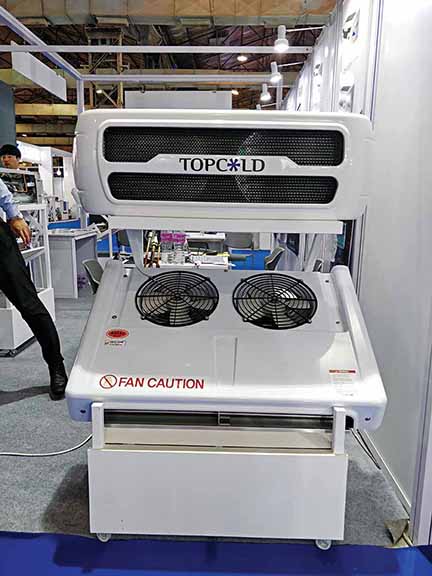
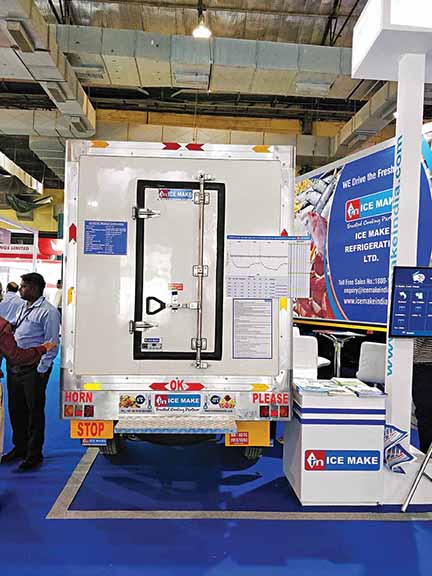
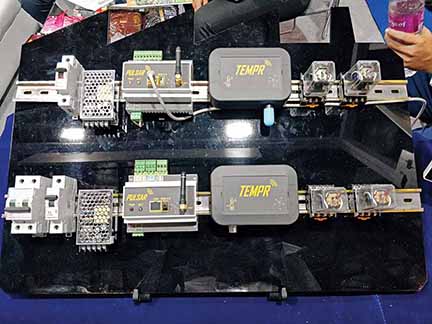



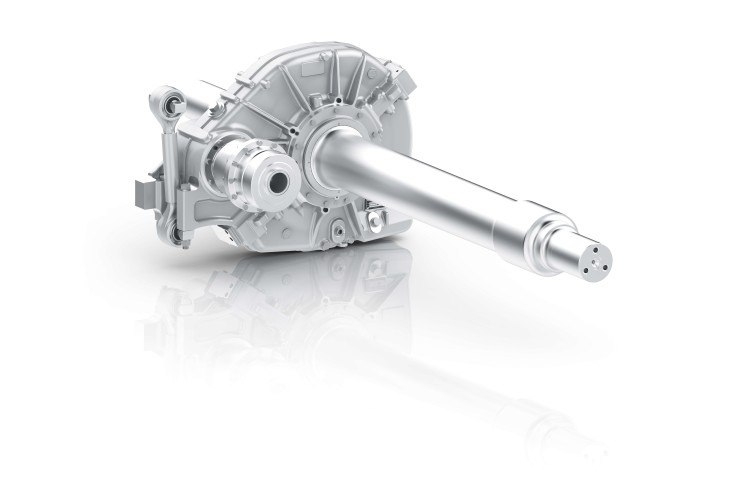
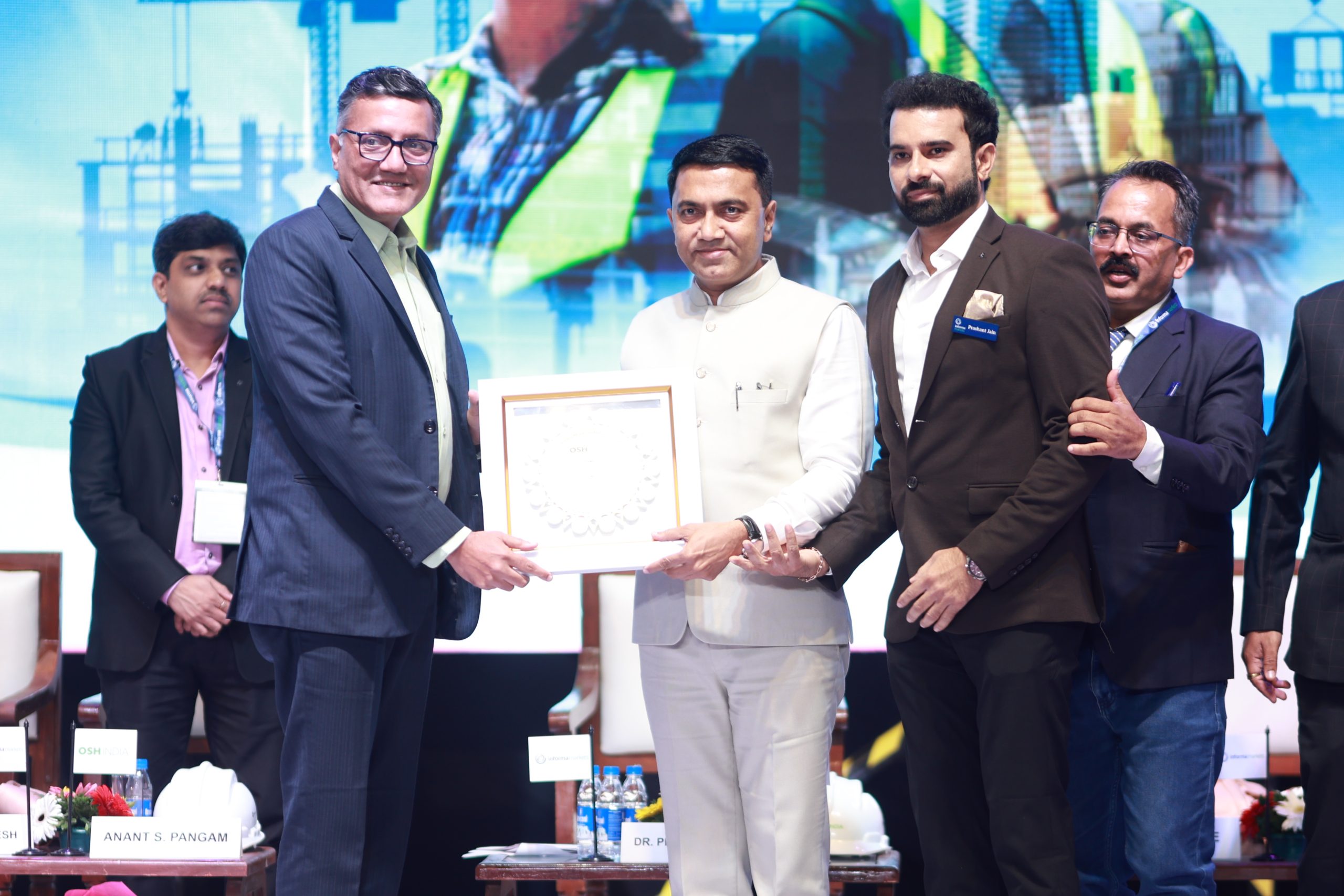



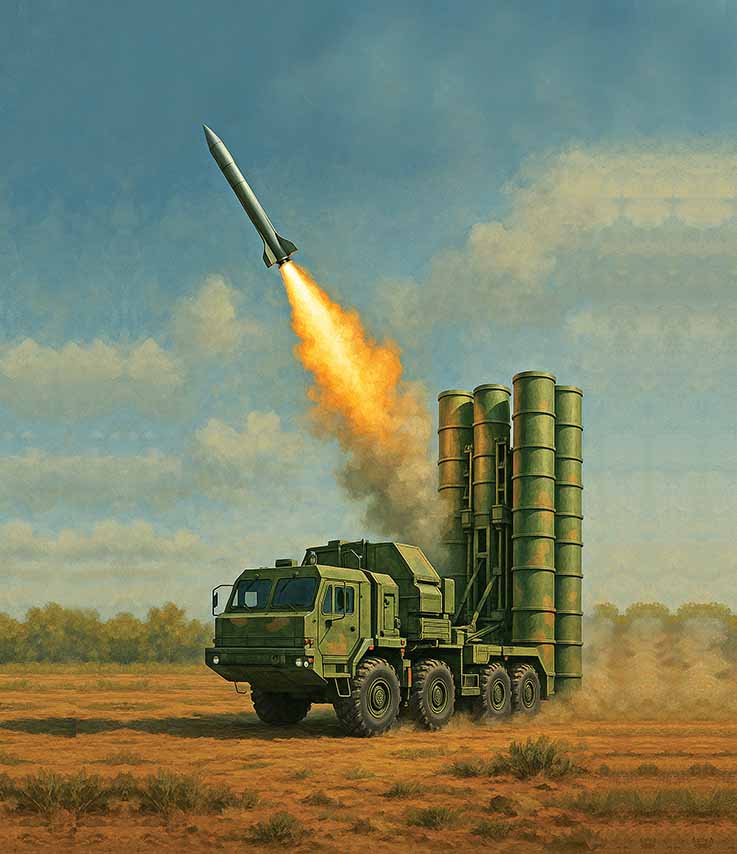

Leave a Reply